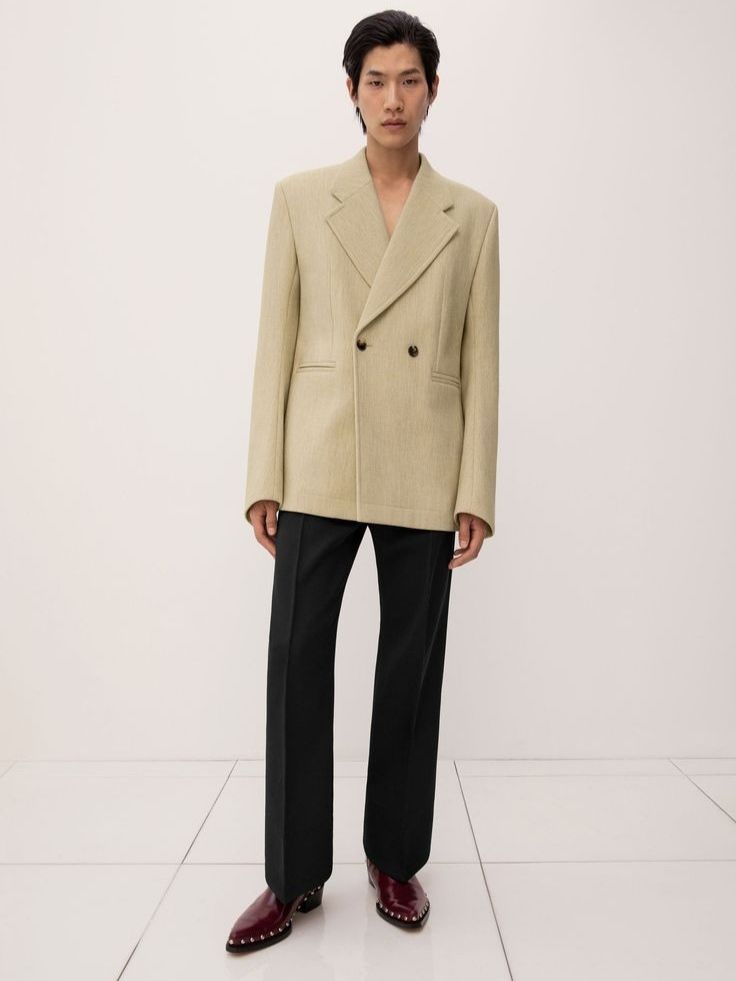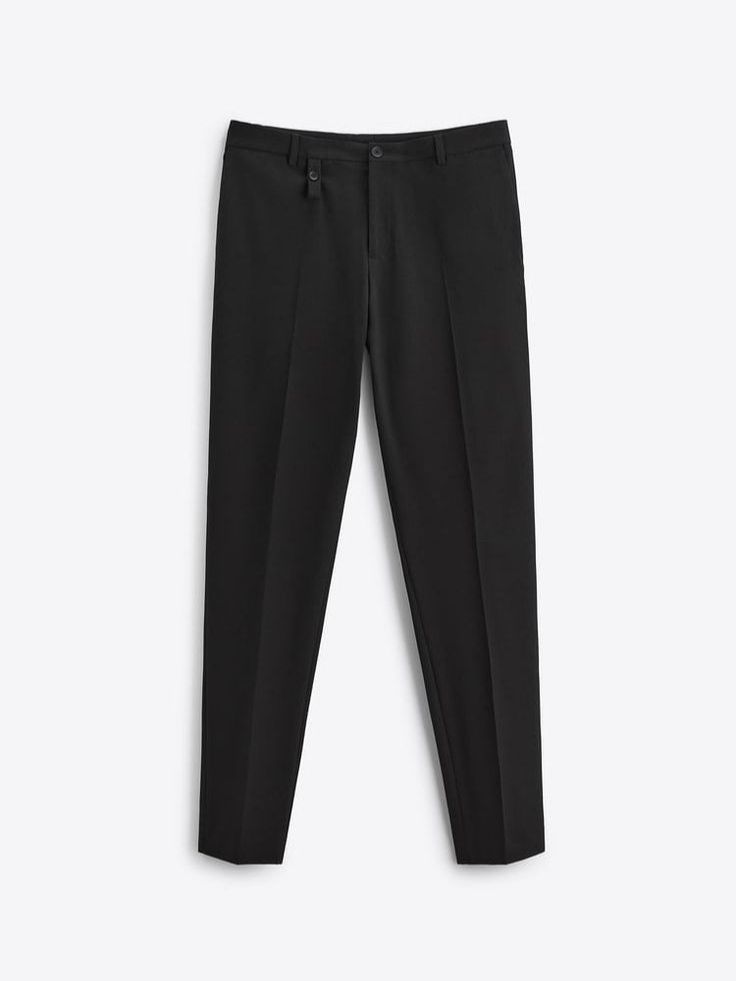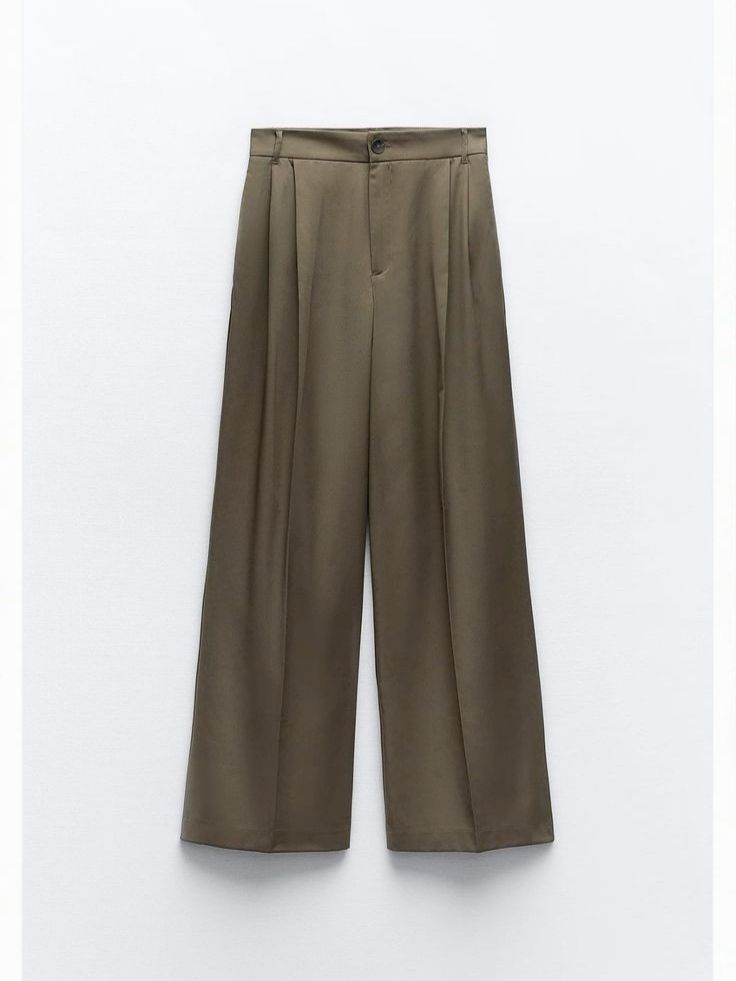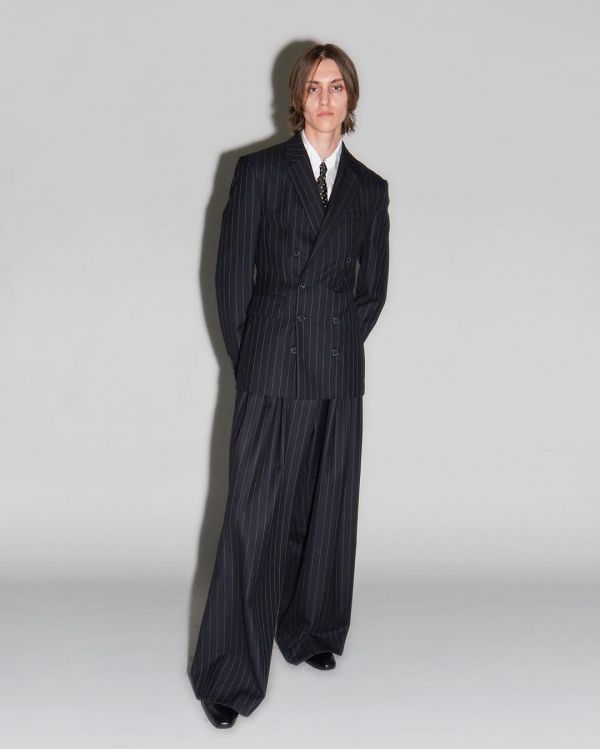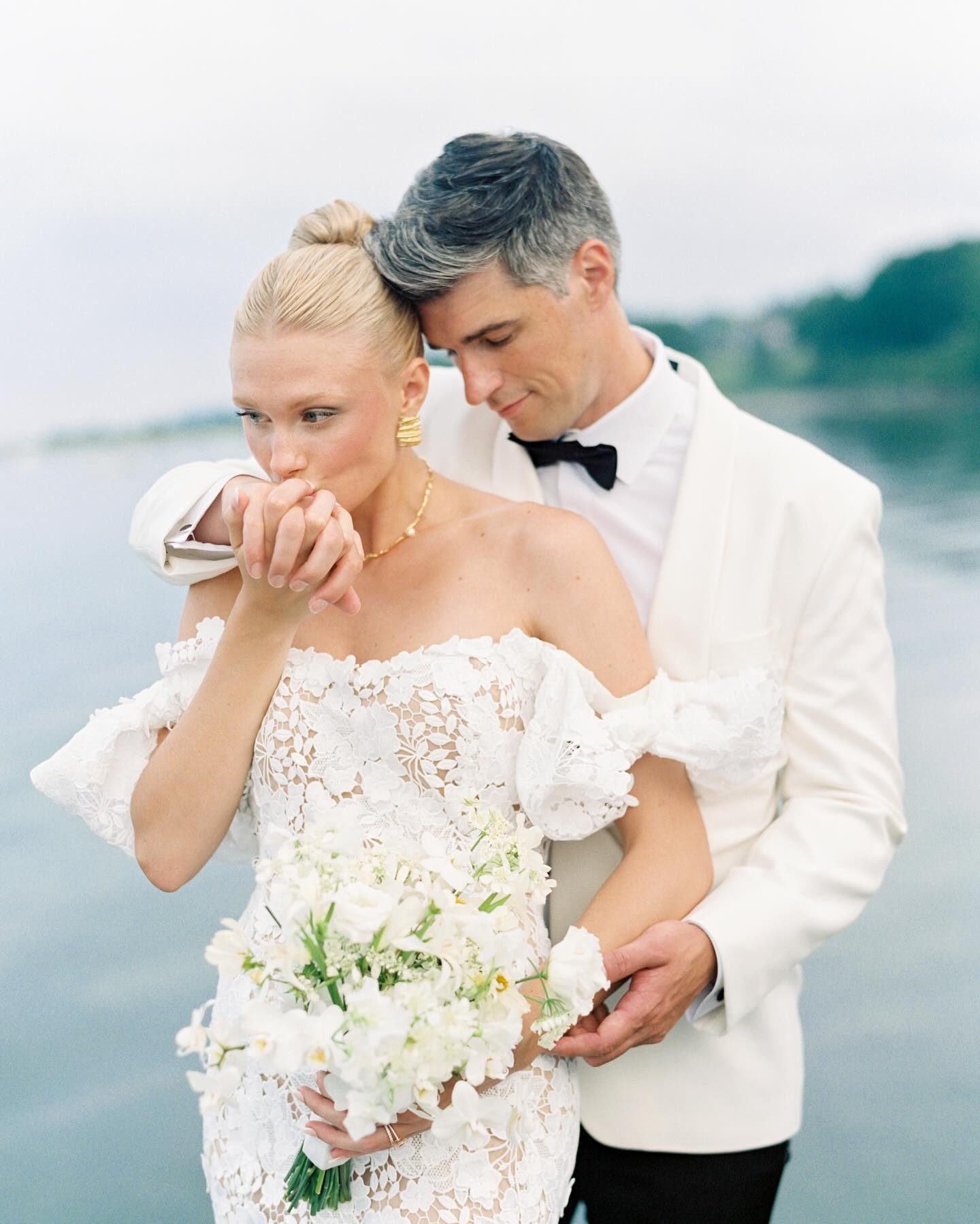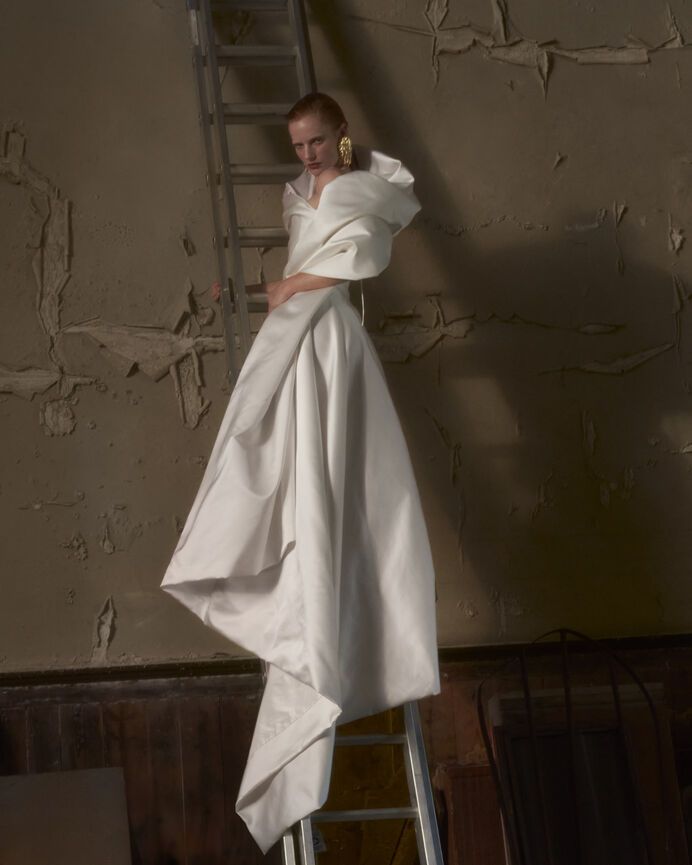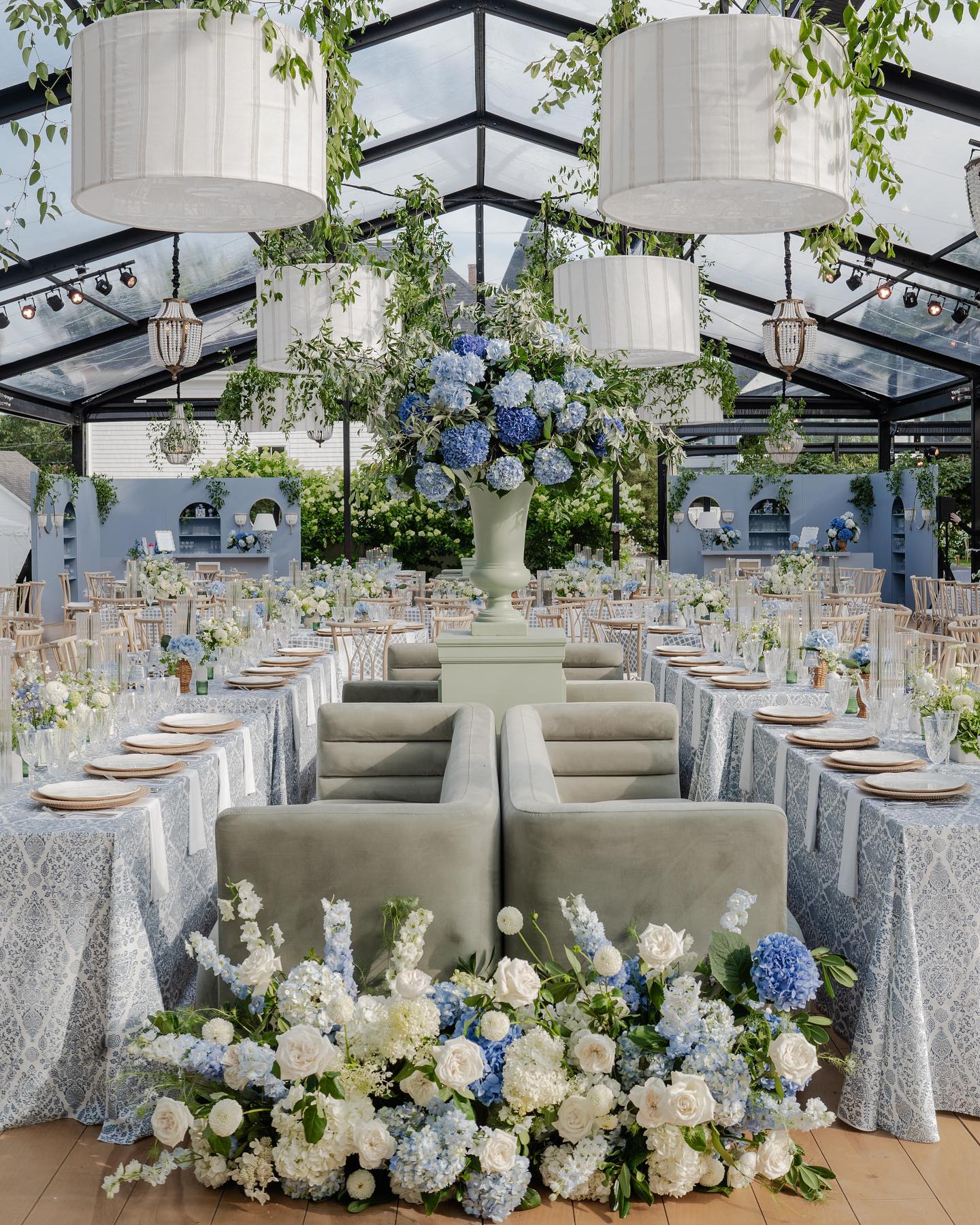Tuxedos vs. Suits: Key Differences
- Author: Natali Grace Levine
- Reading time: 6 min 13 sec
- Publication date: 11/09/2024
- Updated: 01/07/2025
Understanding the Differences Between Tuxedos and Suits: A Complete Guide
When it comes to formal attire for men, two main options stand out: the tuxedo and the suit. These classic garments each have their place, purpose, and specific styling guidelines. From weddings to corporate events to elegant soirées, the decision to choose a tuxedo or a suit often depends on the occasion's formality, your personal style, and even cultural norms. Here’s everything you need to know about tuxedos and suits to make an informed decision for your next big event.
What Defines a Tuxedo?
A tuxedo is a formal outfit characterized by certain features that distinguish it from a suit. Tuxedos typically have:
- Satin Accents: One of the most defining characteristics of a tuxedo is the use of satin on the lapels, buttons, and often a satin stripe down the pant legs. This creates a subtle sheen that makes the tuxedo instantly more formal.
- Black-Tie Standard: Tuxedos are often reserved for black-tie events and are synonymous with luxury and elegance. They come in traditional colors like black and midnight blue, though contemporary tuxedos also come in various shades and styles.
- Bow Ties and Formal Shirts: Tuxedos are almost always worn with a bow tie and a formal, pleated or textured shirt. While suits can accommodate various shirt and tie combinations, the tuxedo keeps things traditional.
- Accessories: Tuxedos often come with other formal accessories, such as a cummerbund or a waistcoat, and require specific footwear like patent leather shoes.

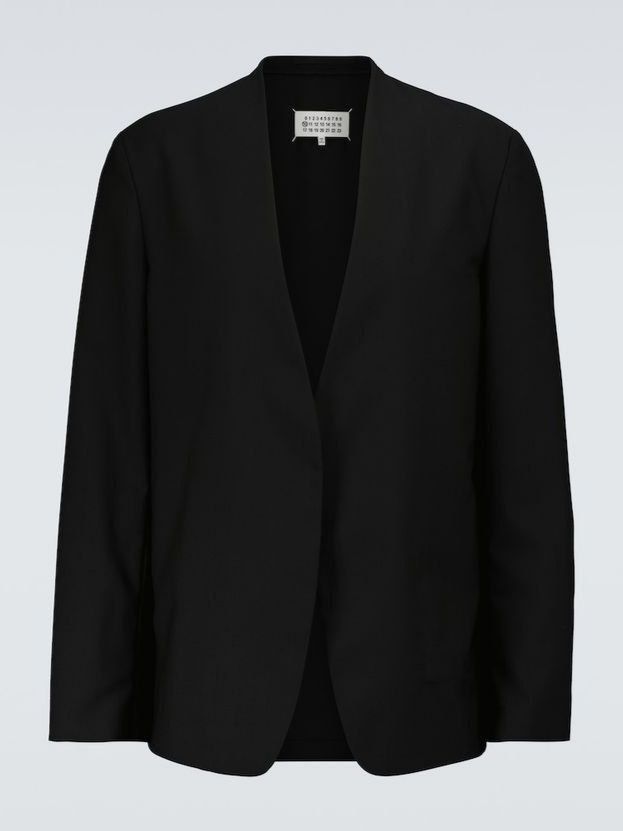
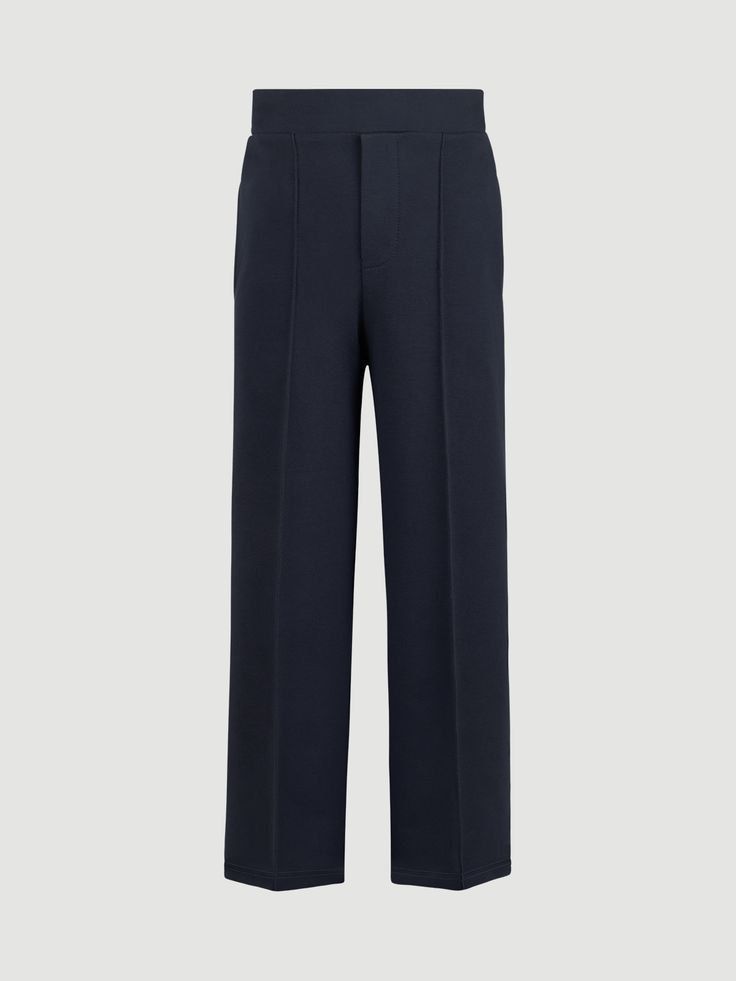
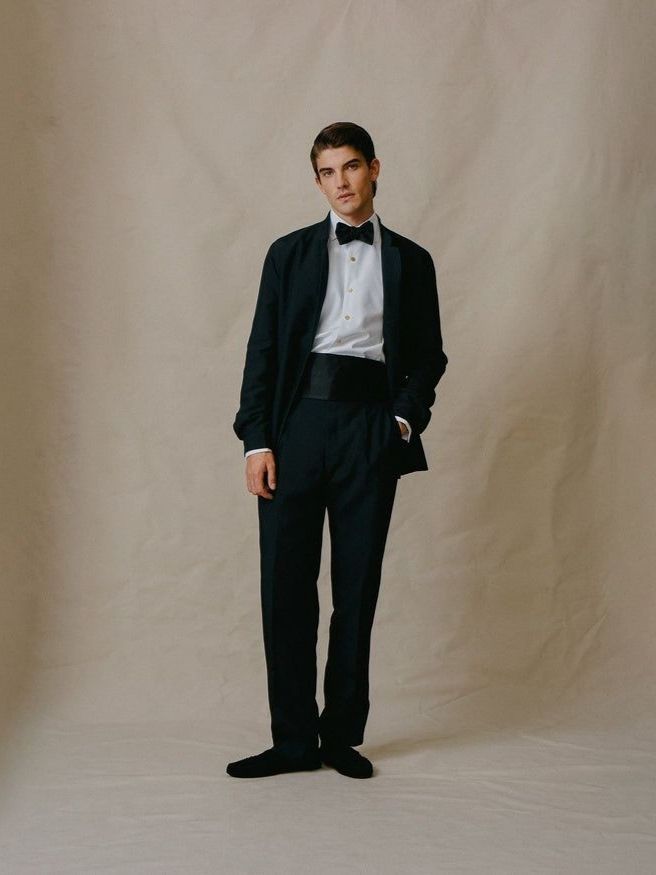
What Defines a Suit?
A suit, by contrast, is a versatile outfit that can be dressed up or down depending on the occasion. Suits come in numerous styles, fabrics, and cuts, making them a staple in both formal and business-casual settings.
- Lapels and Fabrics: Unlike tuxedos, suits typically don’t have satin accents on the lapels or buttons. Instead, they may feature notch or peak lapels made of the same fabric as the suit itself.
- Tie Flexibility: Suits can be worn with a tie or without, depending on the level of formality desired. The color and style of the tie can vary, allowing for more creativity than the classic bow tie required for a tuxedo.
- Color Range: Suits come in a wide array of colors and patterns, from solid navy and gray to checked and pinstriped designs. This makes suits suitable for both formal and more casual events.
- Footwear Options: Suits can be worn with a range of footwear, from dress shoes to loafers, depending on the occasion and the dress code.
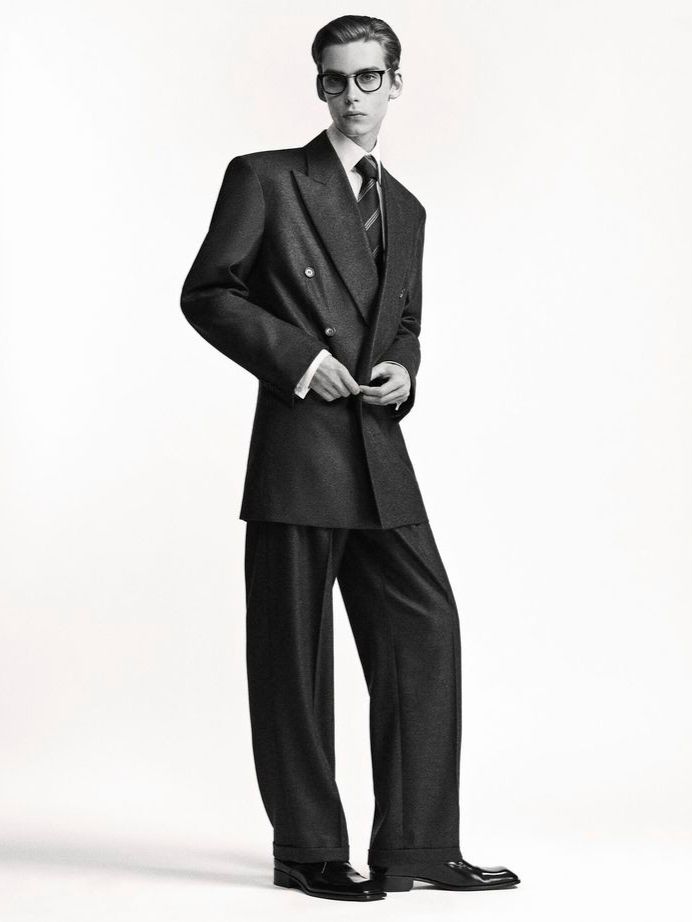
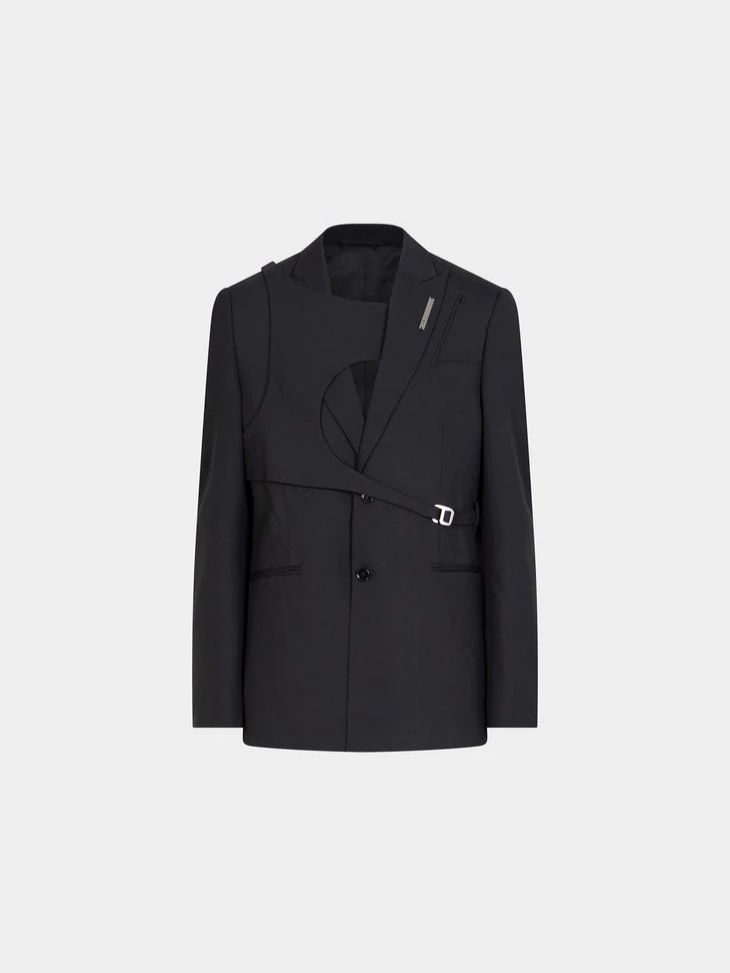
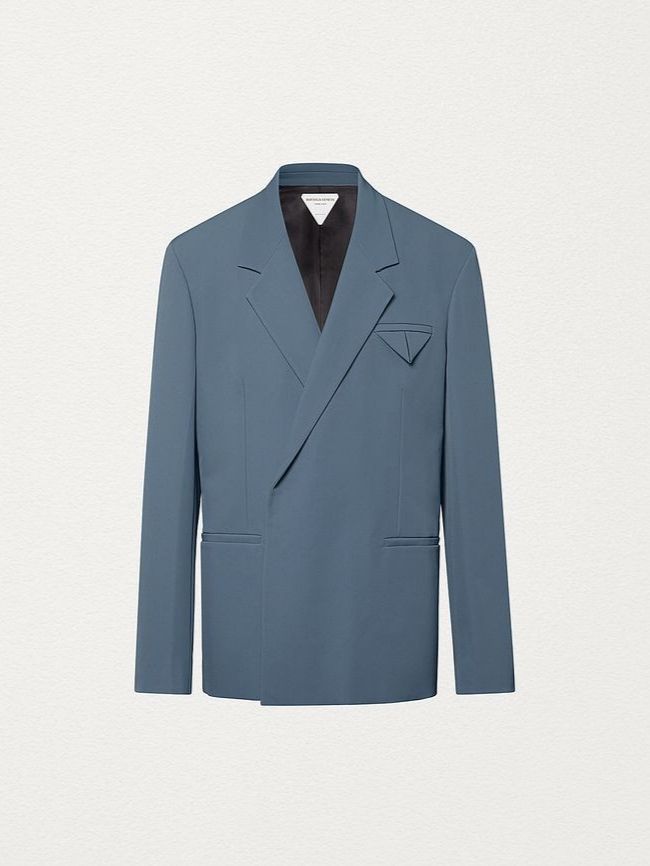
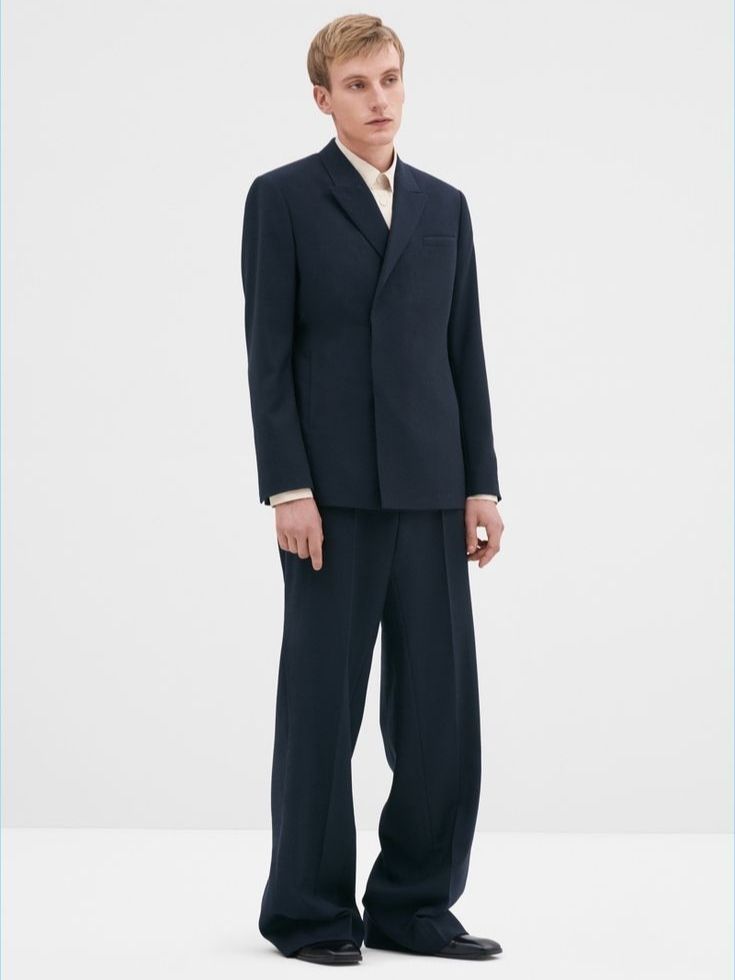
Key Differences Between Tuxedos and Suits
While both tuxedos and suits are formalwear staples, they serve different purposes and convey distinct styles. Here’s a closer look at the specific differences:
- Formality: Tuxedos are generally more formal and reserved for black-tie events or high-profile gatherings. Suits, however, can be worn for a variety of occasions, from work meetings to weddings.
- Fabric and Texture: The satin used on tuxedos creates a different texture and adds visual contrast, whereas suits are usually made entirely of one material, providing a more uniform look.
- Accessories: Tuxedos have more specific accessory requirements. A suit, on the other hand, offers more flexibility with ties, shoes, and even the choice to go without a tie.
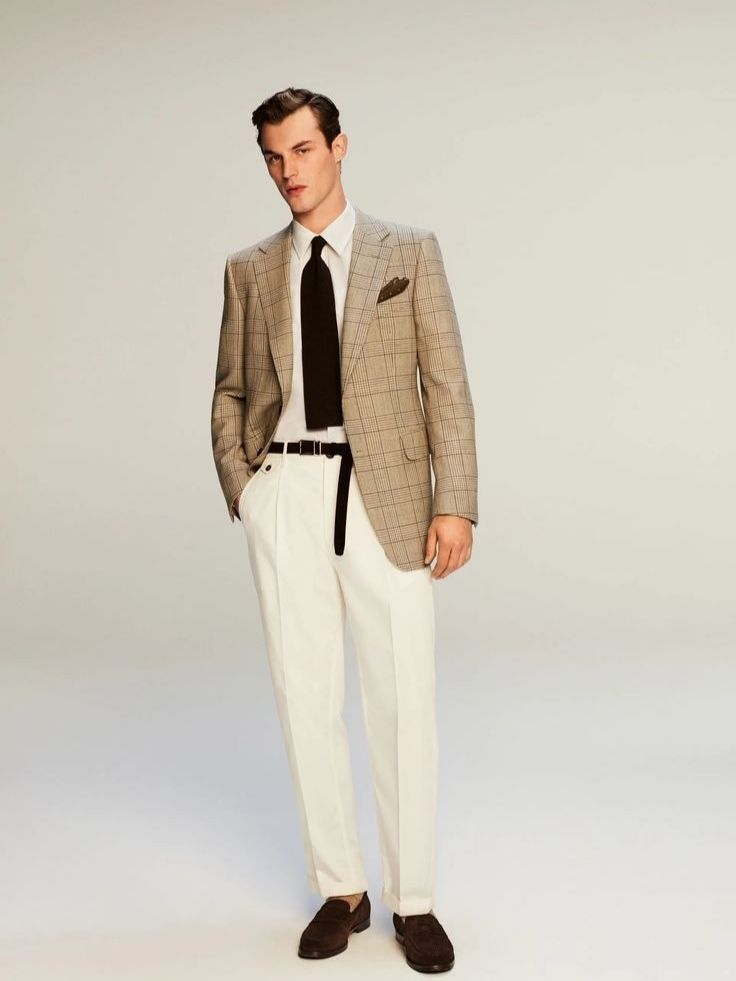
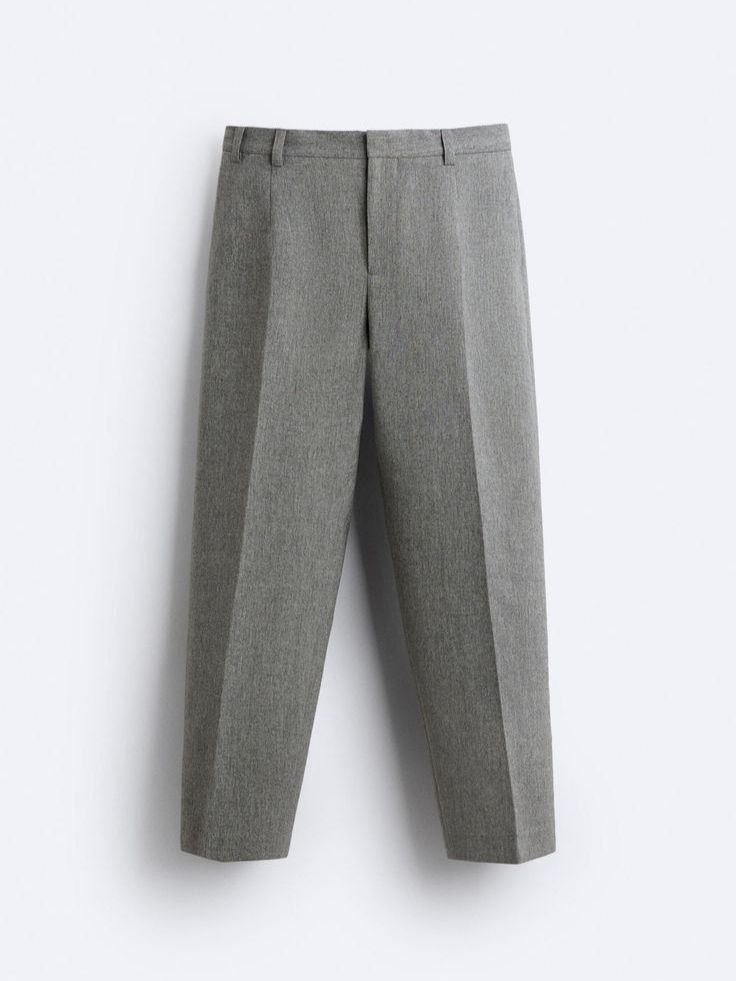
When to Wear a Tuxedo
Choosing to wear a tuxedo often signals that the event is particularly formal. Here are the types of occasions where a tuxedo is the appropriate choice:
- Black-Tie Weddings: Many couples request a black-tie dress code for their weddings, making the tuxedo a popular choice for guests and grooms alike.
- Gala Events and Awards Ceremonies: High-profile events, such as galas and award shows, call for the elegance of a tuxedo. The formal nature of these events aligns perfectly with the tuxedo’s sophistication.
- Formal Dinners and Banquets: When attending a formal dinner or banquet, especially if it’s a charity event or hosted by a prestigious organization, a tuxedo is often expected.
- Proms and Graduations: For proms and certain graduation ceremonies, wearing a tuxedo marks the significance of the occasion.
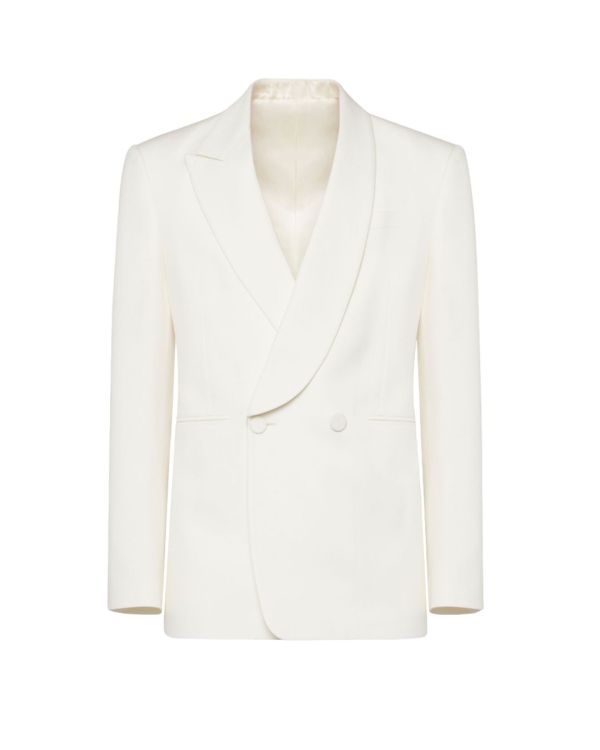
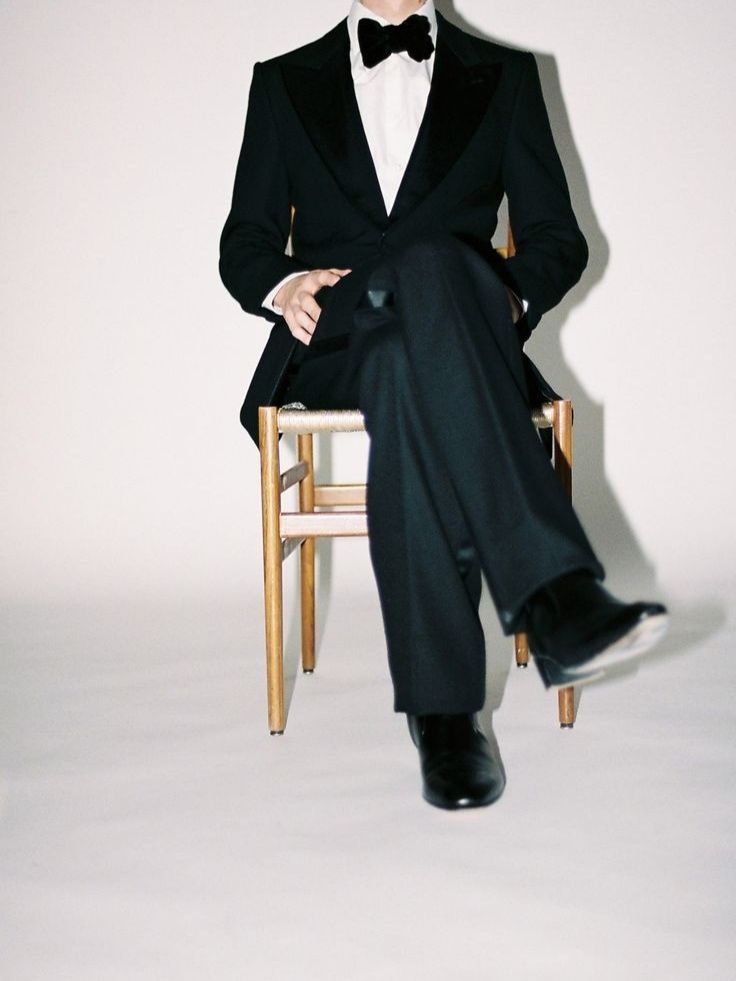

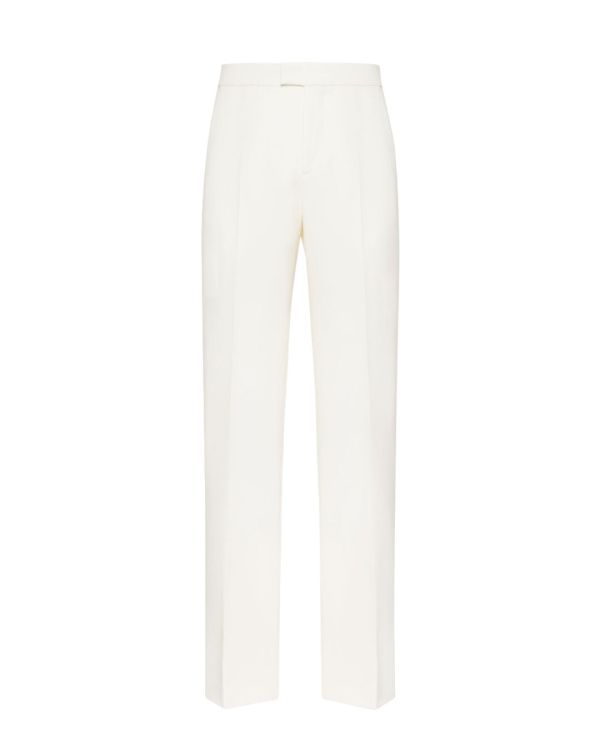
When to Wear a Suit
A suit is appropriate for a broader range of occasions, from semi-formal to professional settings. Here’s when a suit is the ideal choice:
- Business Meetings and Interviews: In professional settings, a suit conveys confidence, sophistication, and a sense of preparedness.
- Weddings (Non-Black Tie): Many weddings do not require black-tie attire, making a suit the perfect option. A navy or charcoal suit works well for most weddings, balancing formality with style.
- Daytime Formal Events: For formal events held during the day, like a brunch or daytime wedding, a suit is often preferred over a tuxedo.
- Funerals: A dark suit is usually the go-to choice for funerals, where a tuxedo would be overly formal.
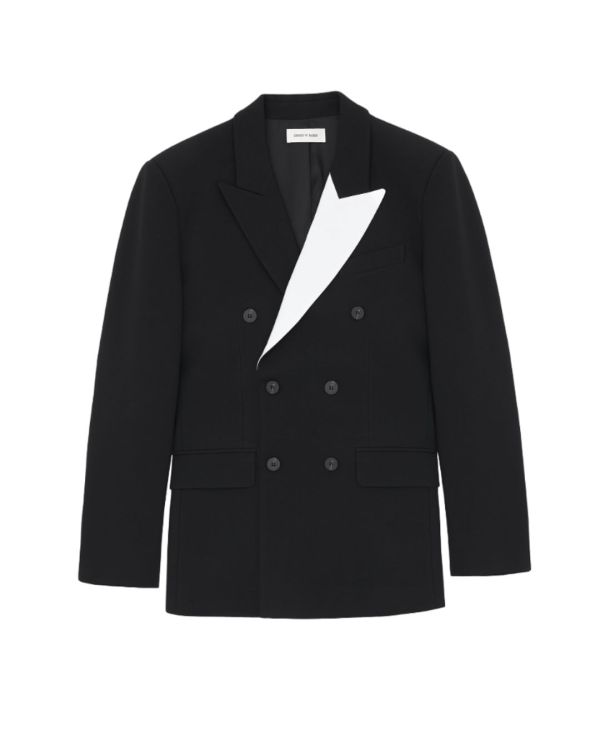
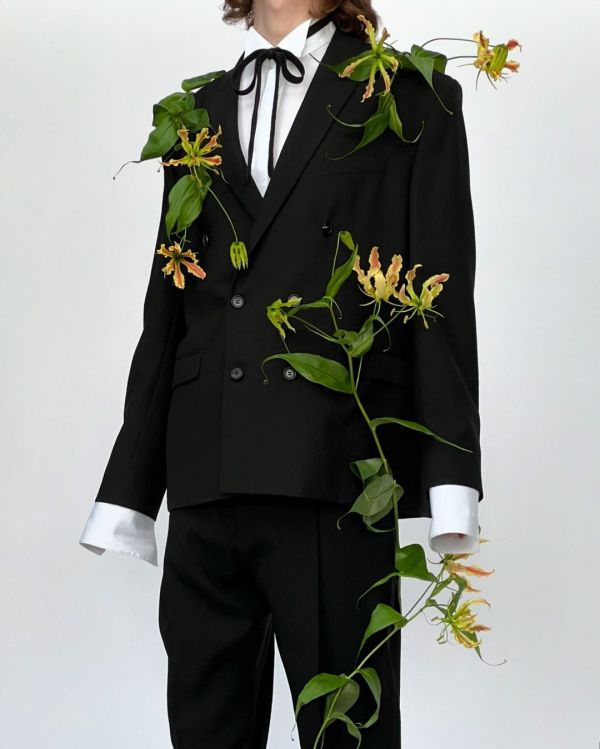
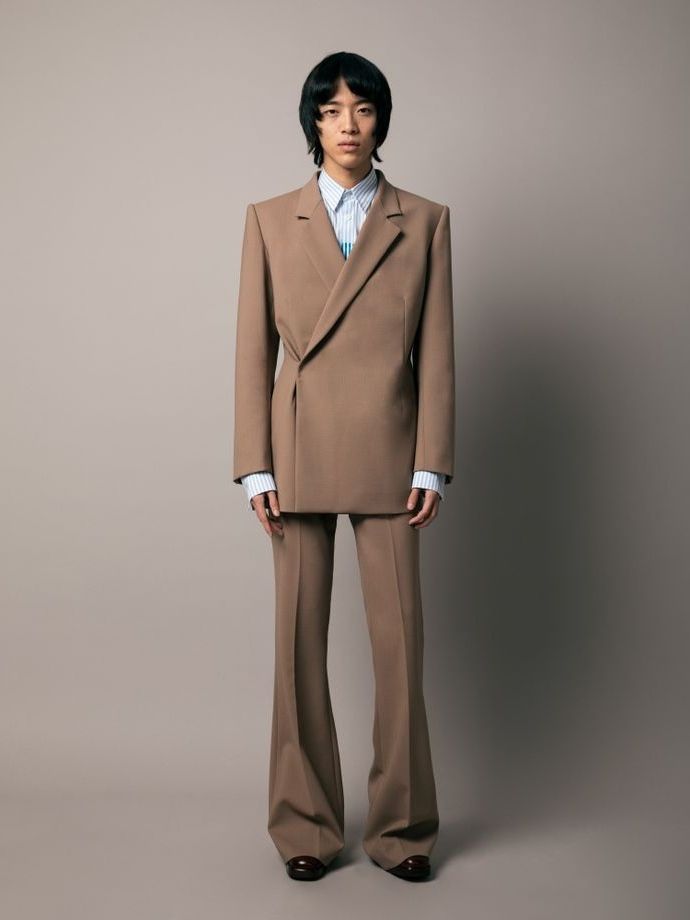
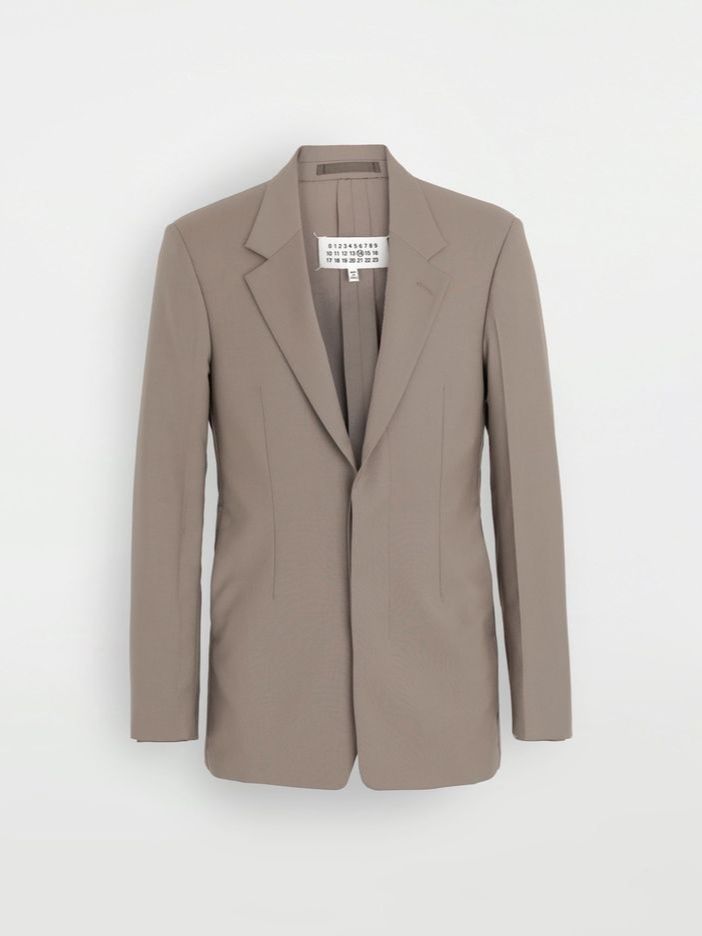
Styling Tips: How to Choose a Tuxedo or a Suit
When deciding whether to choose a tuxedo or a suit, several factors come into play, including the event’s dress code, your personal style, and the impression you want to make. Here are some key styling tips to keep in mind:
- Consider the Dress Code: If the event invitation specifies "black-tie," a tuxedo is likely expected. However, for "formal" or "semi-formal" dress codes, a suit is generally appropriate.
- Pick the Right Fit: Whether you're choosing a tuxedo or a suit, fit is crucial. A well-tailored tuxedo or suit can elevate your look. Slim fit suits and tuxedos are trendy but make sure the style suits your body type.
- Accessorize Accordingly: For tuxedos, stick with traditional accessories like bow ties, cummerbunds, and cufflinks. Suits offer more flexibility—try a patterned tie or pocket square to add personality.
- Color Choices Matter: For tuxedos, black and midnight blue are classic. Suits, however, offer more versatility in color. Darker tones like navy and charcoal are appropriate for formal settings, while lighter shades work well in less formal environments.
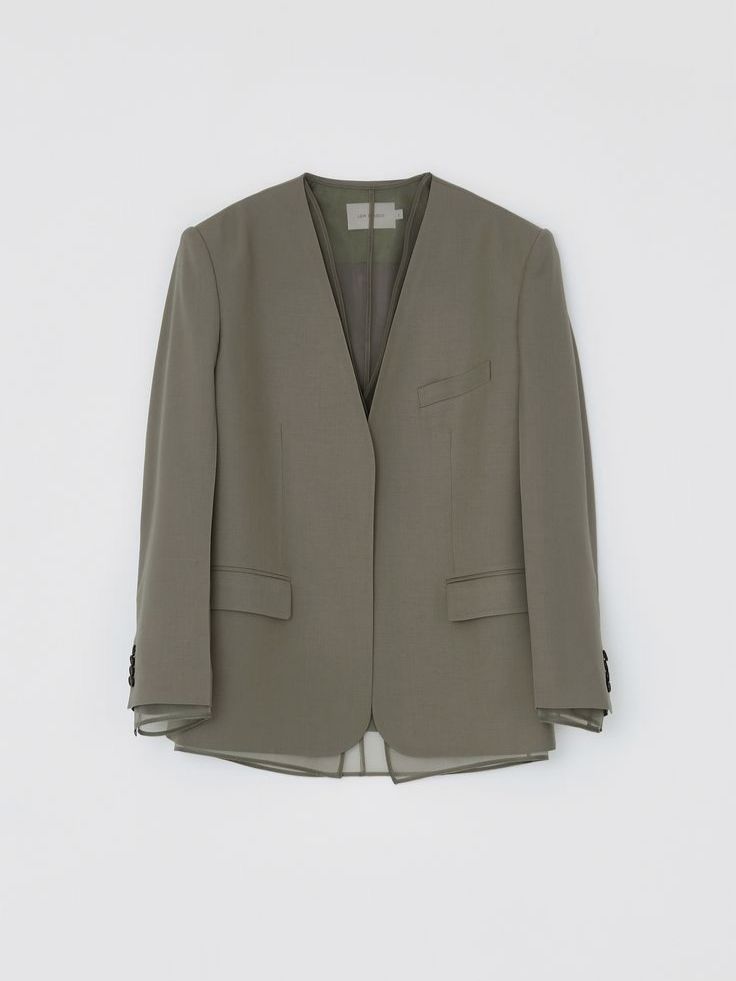

How to Care for Your Tuxedo and Suit
Investing in quality attire means you’ll want to care for it properly to ensure it lasts. Here are some care tips:
- Dry Clean Only: Both tuxedos and suits should be dry-cleaned to maintain their shape, fabric quality, and color.
- Use a Quality Garment Bag: When not in use, store your tuxedo or suit in a garment bag to protect it from dust and moths.
- Steam, Don’t Iron: Use a steamer to remove wrinkles without risking damage to delicate fabrics.
The Debate: Is a Tuxedo Always Better than a Suit?
While tuxedos are traditionally considered more formal and prestigious than suits, this doesn't make them universally better. Suits offer the advantage of versatility, allowing for more personalization and the opportunity to be worn for various events. Tuxedos, with their classic satin and structured design, are ideal for making a lasting impression at high-formality events.
Ultimately, the decision to choose a tuxedo or a suit should reflect both the event’s requirements and your style preferences. A tuxedo will always have that distinct look that makes it ideal for black-tie events, but a well-fitted suit can be just as impactful in many settings.

Making the Right Choice for Your Next Event
Both tuxedos and suits have their own place in a man’s wardrobe, offering different looks, levels of formality, and style options. When deciding whether to choose a tuxedo or a suit, think about the formality of the event, your comfort, and how you wish to express your style. By understanding these two wardrobe staples in depth, you’ll be well-prepared to make an impression no matter the
In recent years, tuxedos and suits have seen a rise in versatile, modern styles that make them suitable for a broader range of events. Fashion has evolved to allow unique touches even in formalwear, which means that when deciding to choose a tuxedo or a suit, you have more options than ever to express your personality while maintaining a refined look.
